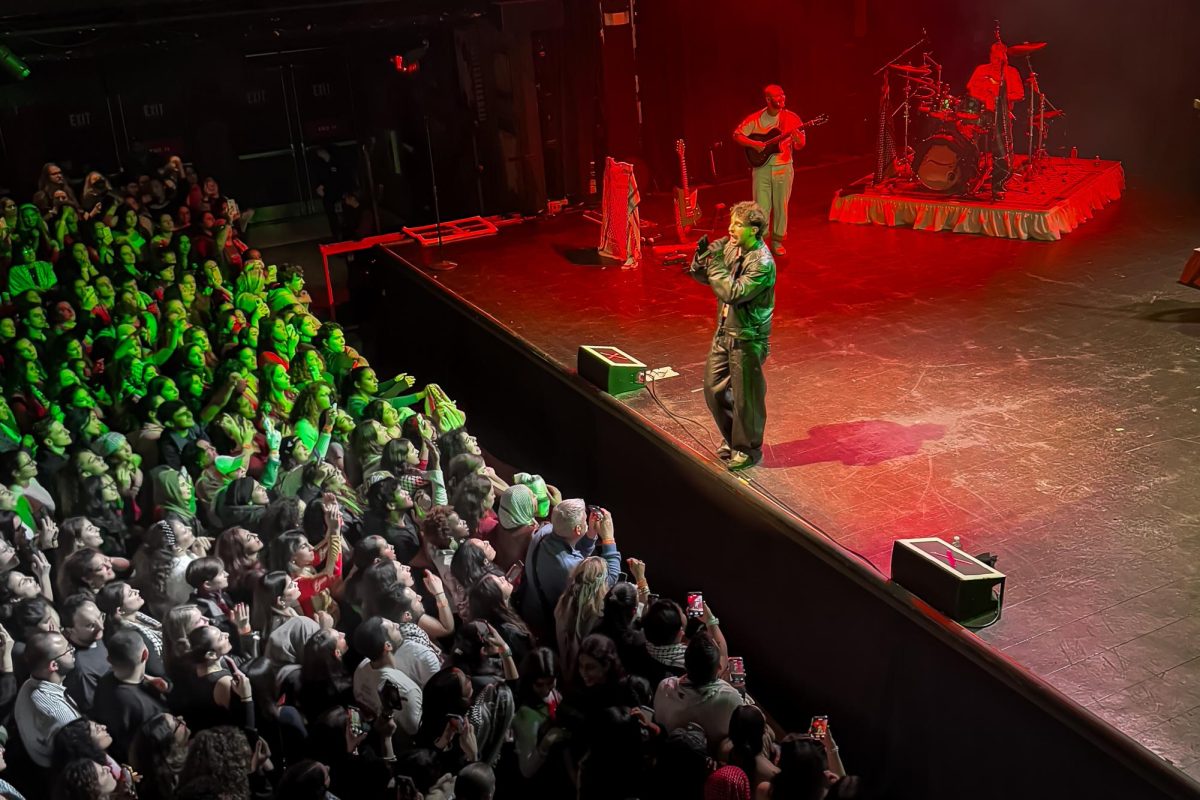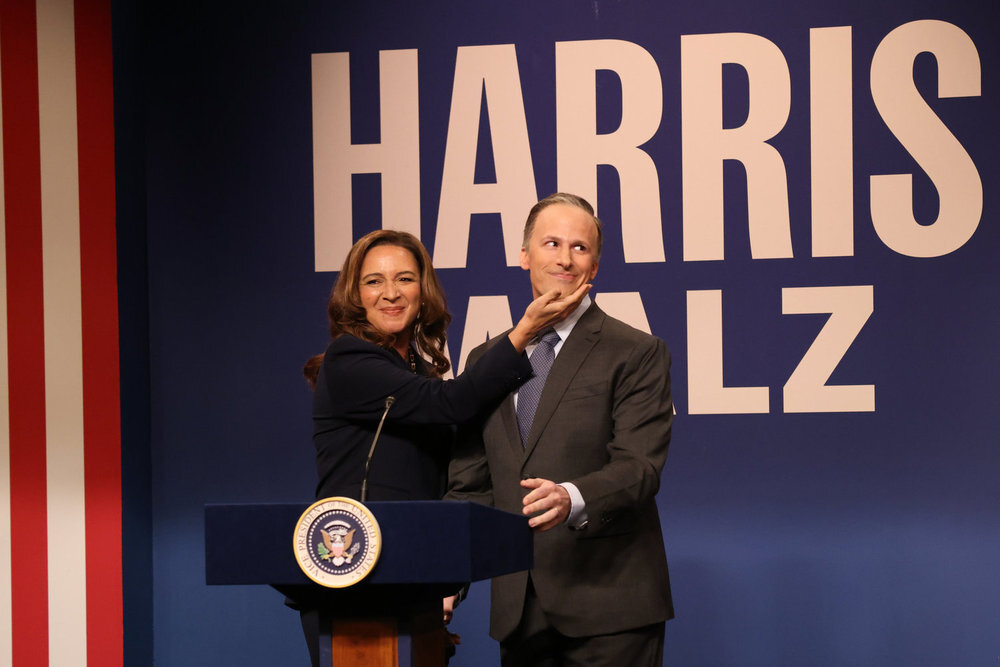By Sam Strella, news correspondent
The Northeastern University Student Composers Club (NUSCC) hosted its first concert at the Fenway Center last Saturday. Four students debuted originally composed works throughout the evening. The club has been in its initial stages since spring 2016 and was only officially recognized by the university this semester.
The musical compositions of four students and one professor were brought to life by the Semiosis Quartet, a Boston-based professional performing group consisting of two violinists, a violist and a cellist. NUSCC hired the quartet specifically for the occasion. The inaugural performance for the NUSCC is the fruition of months of planning spent organizing the club into its current existence.
“At our meetings, members can bring and showcase pieces they’ve been working on,” said club founder and president Connor Eichinger, a senior music industry major. “This gives a chance for other members to listen, offer suggestions, say, ‘I like what you used here, maybe try doing this a little bit differently here.’ It’s a great social platform for people to share their writing. There are other similar clubs at Northeastern, such as the songwriting club, that focus on writing music. We’re the only club that will host a concert every semester.”
Concert coordinator and third-year music composition and computer science major Spencer Bateman discussed the club’s inception.
“[The club’s formation] was actually a couple [of] professors who initiated the club,” Bateman said. “They took a few of us, sat us down, said, ‘The talent is there, let’s make it happen.’ Being the first ever performance, it’s a big deal since this club has been trying to come together for a while.”
Though their first event featured mostly classical pieces, the club hopes to expand its musical sensibilities throughout the year.
“The genre is mainly classical, as the pieces were written for a string quartet,” Eichinger said regarding the night’s repertoire. “The spring concert is when we’re aiming to move towards electronic music.”
The club hopes the progression to electronic music composition will expand the scope of its outreach and attract more interested writers.
“The idea of that is we’re hoping to get more submissions because a lot of people haven’t ever written for string quartets. Most people haven’t written any instrument notation,” said Cole DiNome, a sophomore music composition major. “It will be more accessible for people to write to.”
The quartet’s first performance was composed by Holbrook Robinson, a French professor at Northeastern. The second arrangement, “Scorched Forest,” was composed by DiNome.
“I thought of it kind of accompanying a video game,” DiNome said. “It was originally a solo flute piece but I adapted it for string quartet. I’ve been working on it on and off for a couple months.”
“Apple Tree” was the next piece, composed by Christian DeKnatel, a sophomore physics and music composition and technology major.
“I started conceptualizing parts of it towards the end of the summer,” he said. “I had written a piece for a friend’s film for guitar. So this came up and I adapted that to a string quartet. I took motifs from it and built a new piece.”
Ethan Finn, a sophomore physics and music composition and technology major, composed the final original composition of the program, “Waiting Sea,” in just one week. To write it down, it took only “a day[…]it was a rush order,” he said.
“I was going for a mix of a kind of gypsy vibe, almost, with a dream-like break in it,” he said about the sound of the piece.
Semiosis Quartet concluded with “String Quart No. 3,” a six-movement piece by renowned composer Philip Glass. This fitting finale showcased the expertise and technical ability of the group as they navigated complicated runs and executed dynamic contrast.
Bateman offered his view on what sets composing apart from other forms of artistic expression.
“Composing is different from other arts in that it only exists in your head until somebody else plays it,” he said. “It’s not like a painter, who can paint a picture and immediately have it materialized. With composition it’s more variable, in order to execute what you’re thinking, you might have only five minutes with the musicians to get them to play what’s in your head.”
Photo Courtesy Northeastern University Department of Music









